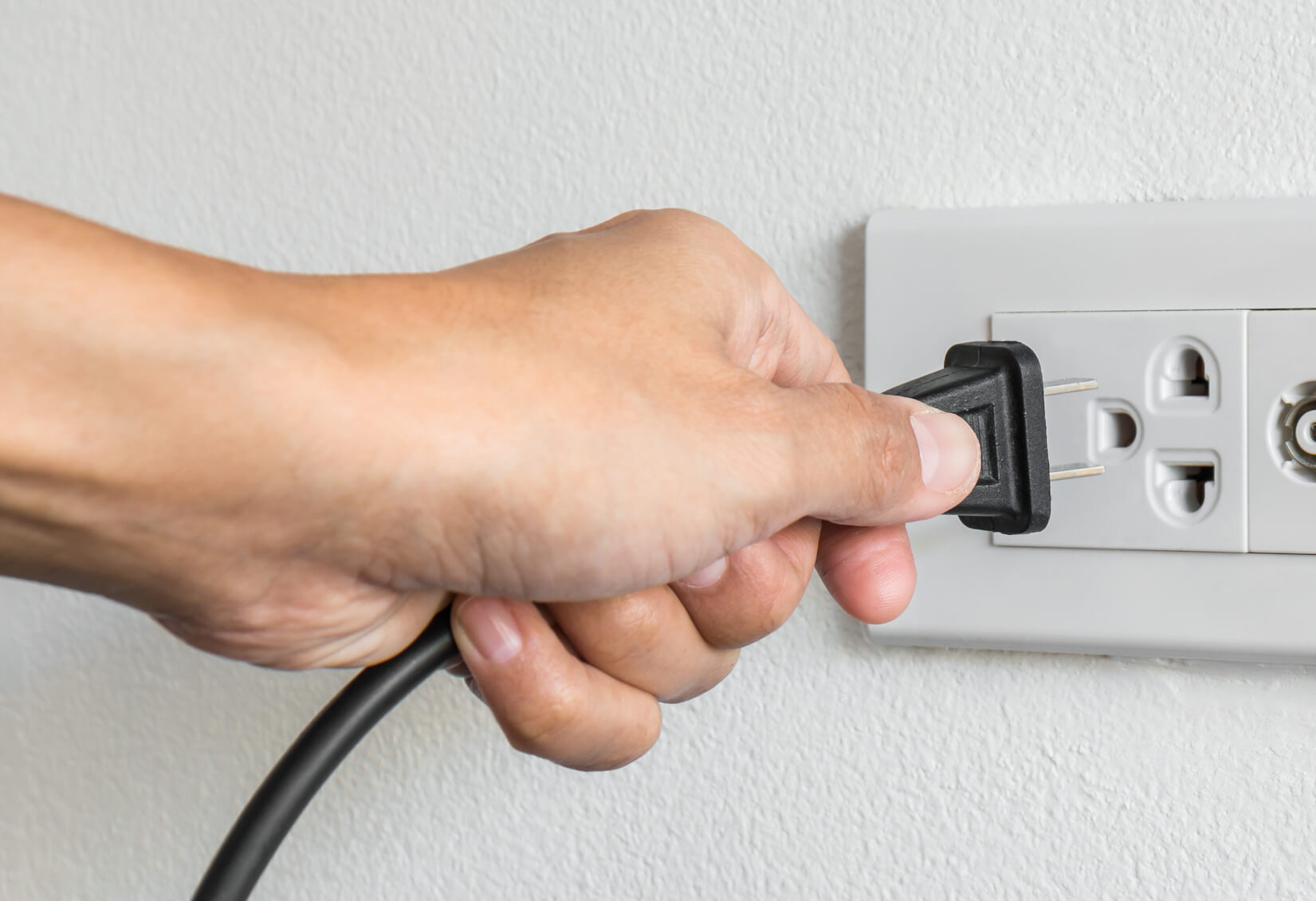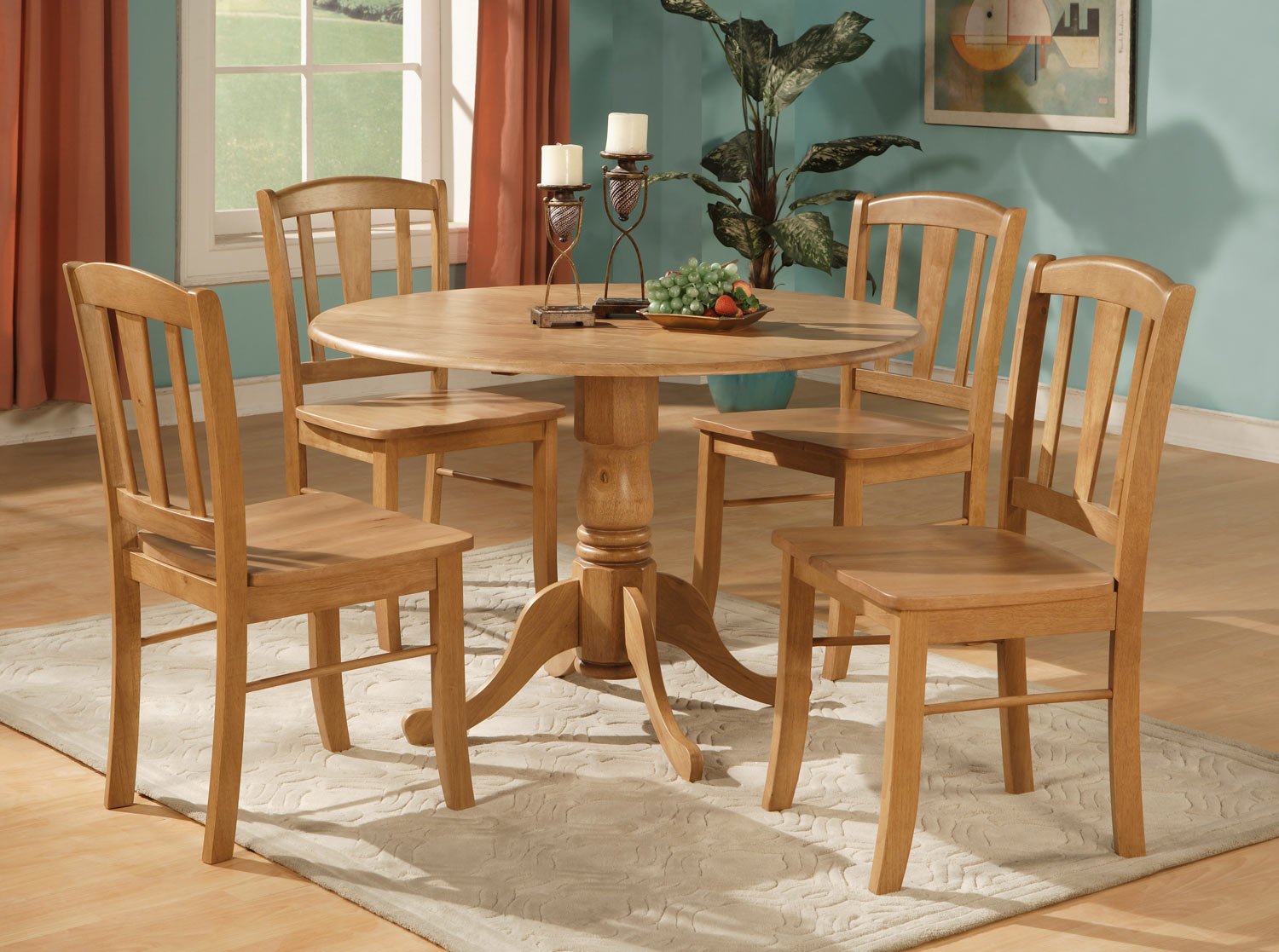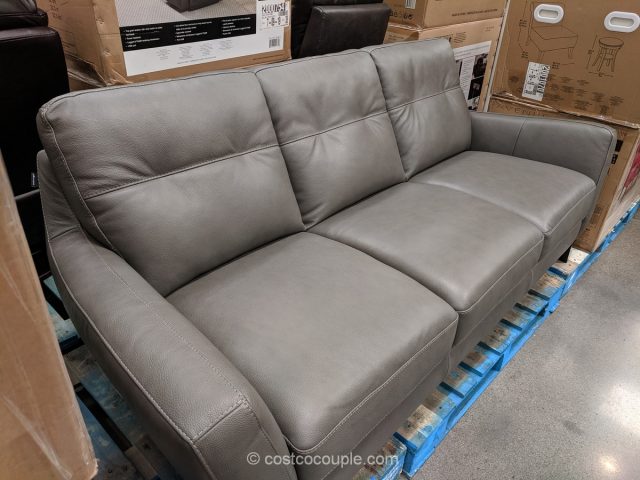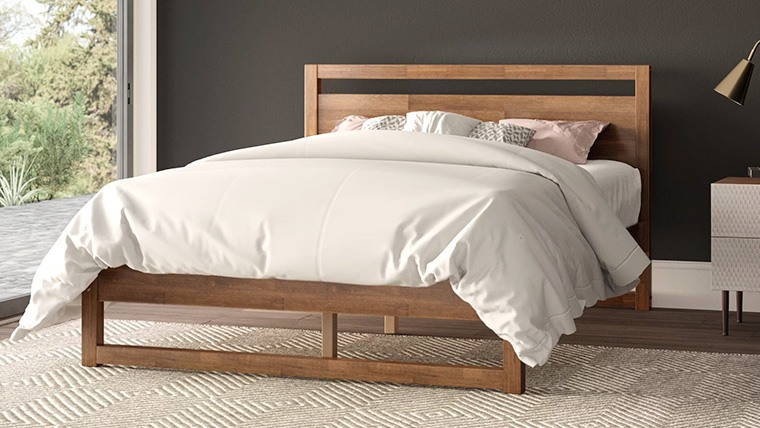Lighting is a crucial element in any kitchen design, yet it is often overlooked. Poor lighting can make a kitchen feel dark, dull, and uninviting. It can also make it difficult to see what you are doing, which can be dangerous when working with sharp knives and hot stoves. To avoid this mistake, make sure to incorporate a variety of lighting sources in your kitchen, including overhead lights, under cabinet lights, and task lighting. Additionally, consider the placement of your lighting to ensure it illuminates all areas of the kitchen evenly.1. Poor Lighting
Countertop space is essential in a kitchen, yet many designs sacrifice it for aesthetics. It is important to have enough counter space for preparing meals, storing small appliances, and having a place to set dishes and ingredients while cooking. If your kitchen is lacking in this area, consider adding an island or extending your countertops to create more space. Don't forget to also leave room for a designated area for food prep, such as near the sink or stove.2. Lack of Counter Space
A cluttered kitchen can make cooking and meal prep a frustrating and time-consuming task. That's why it is essential to have enough storage space in your kitchen to keep everything organized and easily accessible. Make use of vertical space by incorporating tall cabinets and shelving, and consider installing pull-out shelves and organizers inside your cabinets to maximize storage space. Don't forget about storage for larger items such as pots and pans, baking sheets, and small appliances.3. Inadequate Storage
The layout of your kitchen should be designed with the workflow in mind. This means considering the placement of the refrigerator, sink, and stove, known as the kitchen work triangle. These three elements should be in close proximity to each other to create an efficient and functional workspace. Avoid placing them too far apart, which can make it challenging to move between tasks and disrupt the flow of cooking.4. Not Considering Workflow
When it comes to kitchen materials, durability and functionality should be top priorities. While it may be tempting to choose the latest trendy materials, they may not hold up well in a high-traffic area like the kitchen. For example, marble countertops may look beautiful, but they are prone to staining and scratching. Instead, opt for materials that are easy to clean and can withstand the wear and tear of daily use, such as granite or quartz countertops and durable flooring options.5. Choosing the Wrong Materials
A well-ventilated kitchen is essential for maintaining good air quality and preventing the buildup of cooking odors and grease. It is crucial to have a properly sized and installed range hood or exhaust fan to remove steam, smoke, and cooking smells. Additionally, make sure to have enough ventilation in the kitchen to avoid any moisture buildup, which can lead to mold and mildew growth.6. Not Planning for Ventilation
As mentioned before, the kitchen work triangle is an essential aspect of a functional kitchen. However, many kitchen designs ignore this principle, resulting in a layout that is difficult to navigate and work in. To avoid this mistake, make sure that the distance between the sink, stove, and refrigerator is no more than 9 feet, with no major obstacles in between. This will ensure a smooth workflow and make cooking and cleaning more efficient.7. Ignoring the Triangle Layout
Before purchasing any appliances for your kitchen, make sure to measure the space they will be going in. Many kitchen designs make the mistake of not taking into account the size of appliances, resulting in a cramped and cluttered space. Consider the size of your refrigerator, dishwasher, and oven, and make sure to leave enough room for them to open and function properly. This will also help you avoid any costly mistakes of ordering appliances that don't fit in your kitchen.8. Not Considering the Size of Appliances
Accessibility is an important consideration in kitchen design, especially for those with mobility challenges or disabilities. Make sure to incorporate features that make the kitchen more accessible, such as lower countertops, pull-out shelves, and a clear and open layout. This will not only make it easier for those with disabilities to use the kitchen, but it can also make it more functional for everyone.9. Not Factoring in Accessibility
One of the biggest mistakes in kitchen design is not seeking the help of a professional. While it may be tempting to DIY your kitchen renovation, a professional designer can offer valuable expertise and guidance. They can help you avoid costly mistakes, make the most of your space, and ensure that your kitchen is not only beautiful but also functional. Don't be afraid to invest in a professional's services, as it can save you time, money, and stress in the long run.10. Not Consulting a Professional
Avoiding Mistakes in Kitchen Design: A Guide to Creating a Functional and Stylish Space
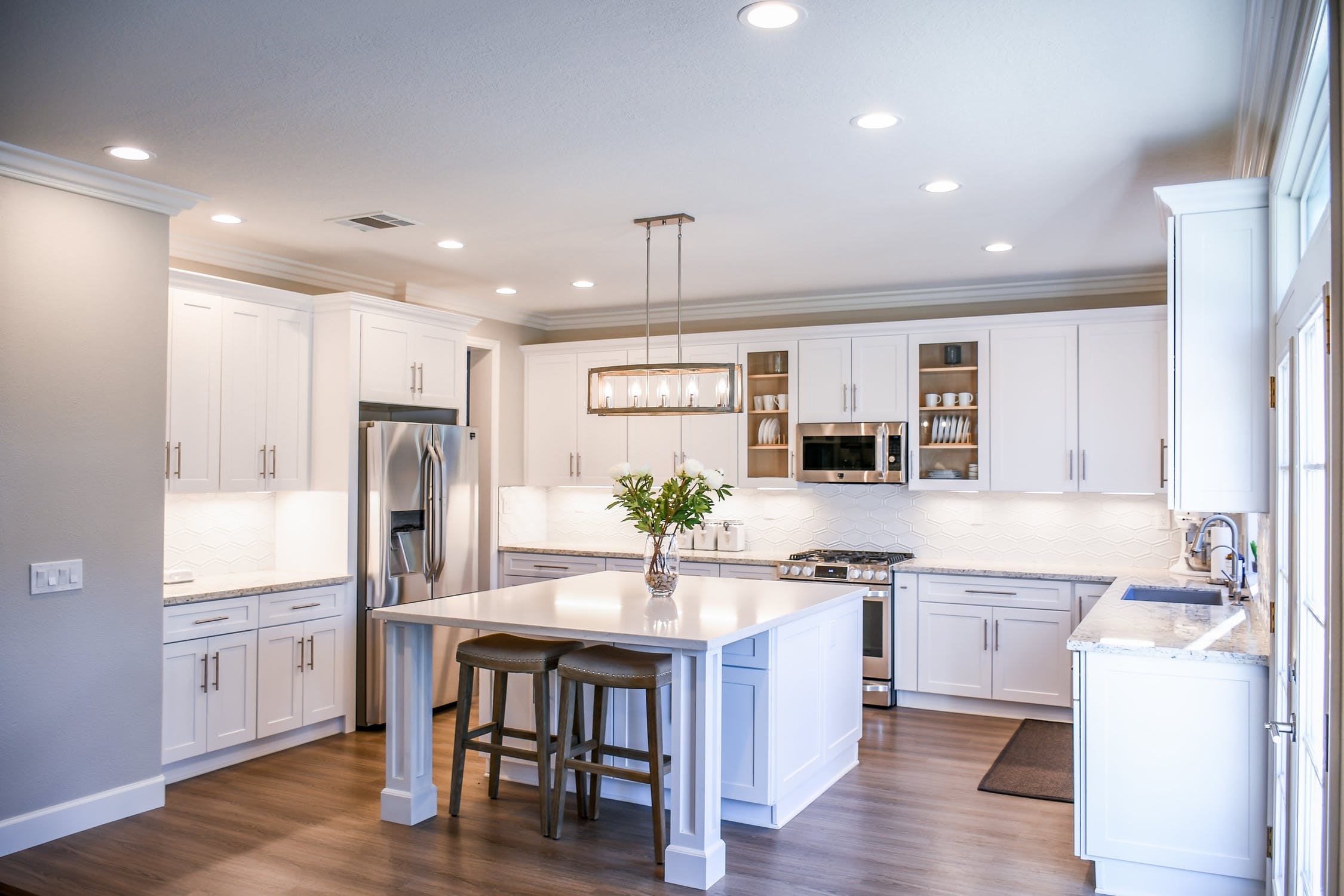
Importance of Kitchen Design
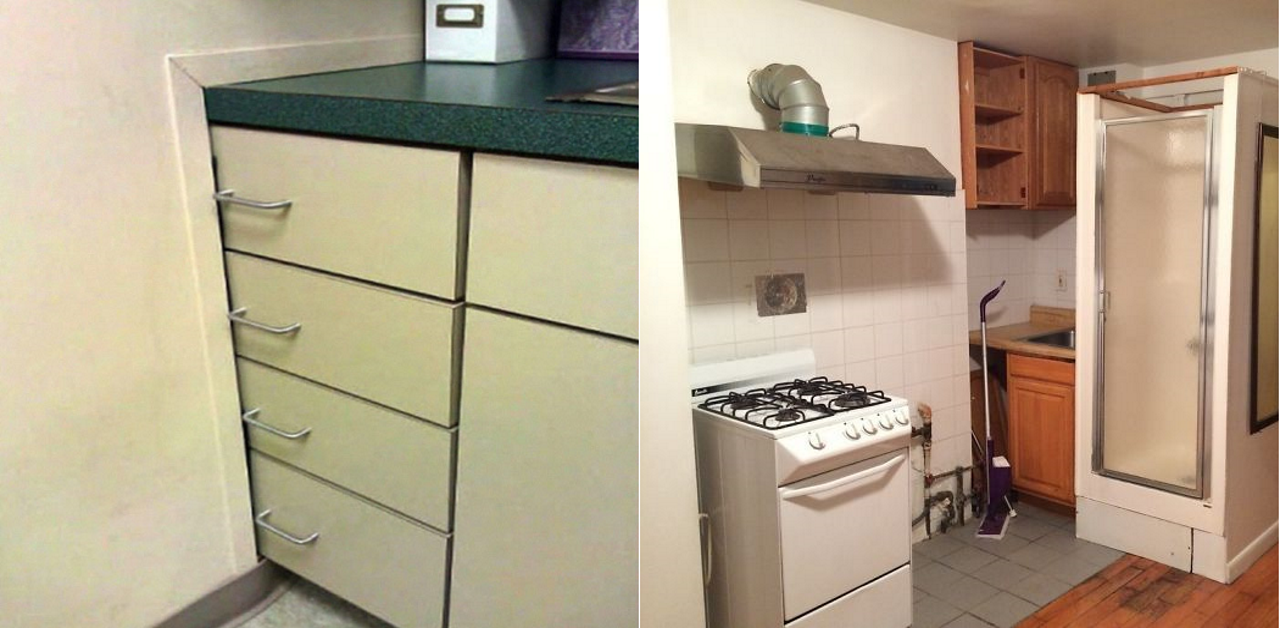 When it comes to designing a house, the kitchen is often considered the heart of the home. It is where meals are prepared, memories are made, and families gather to spend quality time together. However, the importance of kitchen design goes beyond just its function as a cooking space. A well-designed kitchen can also add value to a home and make everyday tasks more efficient. That's why it's essential to avoid common mistakes in kitchen design to create a functional and stylish space that meets all your needs.
When it comes to designing a house, the kitchen is often considered the heart of the home. It is where meals are prepared, memories are made, and families gather to spend quality time together. However, the importance of kitchen design goes beyond just its function as a cooking space. A well-designed kitchen can also add value to a home and make everyday tasks more efficient. That's why it's essential to avoid common mistakes in kitchen design to create a functional and stylish space that meets all your needs.
Common Mistakes in Kitchen Design
 1. Poor Layout:
One of the biggest mistakes in kitchen design is not considering the layout. A poorly designed layout can lead to a cramped and inefficient space, making it challenging to move around and complete daily tasks. It's crucial to plan the layout carefully, taking into account the work triangle of the stove, sink, and refrigerator, as well as ensuring enough counter space and storage.
2. Lack of Storage:
Another common mistake is not having enough storage in the kitchen. Cluttered countertops and cabinets can make the space look messy and disorganized. It's essential to plan for enough storage to keep your kitchen functional and clutter-free, whether it's through cabinets, shelves, or a pantry.
3. Ignoring Lighting:
Lighting is often overlooked in kitchen design, but it plays a crucial role in both functionality and aesthetics. A well-lit kitchen makes it easier to prepare meals and creates a welcoming ambiance. Make sure to include a mix of overhead, task, and ambient lighting to ensure a well-lit space.
1. Poor Layout:
One of the biggest mistakes in kitchen design is not considering the layout. A poorly designed layout can lead to a cramped and inefficient space, making it challenging to move around and complete daily tasks. It's crucial to plan the layout carefully, taking into account the work triangle of the stove, sink, and refrigerator, as well as ensuring enough counter space and storage.
2. Lack of Storage:
Another common mistake is not having enough storage in the kitchen. Cluttered countertops and cabinets can make the space look messy and disorganized. It's essential to plan for enough storage to keep your kitchen functional and clutter-free, whether it's through cabinets, shelves, or a pantry.
3. Ignoring Lighting:
Lighting is often overlooked in kitchen design, but it plays a crucial role in both functionality and aesthetics. A well-lit kitchen makes it easier to prepare meals and creates a welcoming ambiance. Make sure to include a mix of overhead, task, and ambient lighting to ensure a well-lit space.
Tips for a Successful Kitchen Design
 1. Plan Ahead:
Before starting your kitchen design, take the time to plan carefully. Consider your needs, budget, and style preferences to create a space that works for you.
2. Utilize Space Efficiently:
Make the most of your kitchen space by choosing functional and space-saving design elements, such as pull-out shelves, corner cabinets, and built-in appliances.
3. Consider Functionality and Style:
A successful kitchen design should balance both functionality and style. Don't sacrifice one for the other; instead, find ways to incorporate both into your design.
1. Plan Ahead:
Before starting your kitchen design, take the time to plan carefully. Consider your needs, budget, and style preferences to create a space that works for you.
2. Utilize Space Efficiently:
Make the most of your kitchen space by choosing functional and space-saving design elements, such as pull-out shelves, corner cabinets, and built-in appliances.
3. Consider Functionality and Style:
A successful kitchen design should balance both functionality and style. Don't sacrifice one for the other; instead, find ways to incorporate both into your design.
In Conclusion
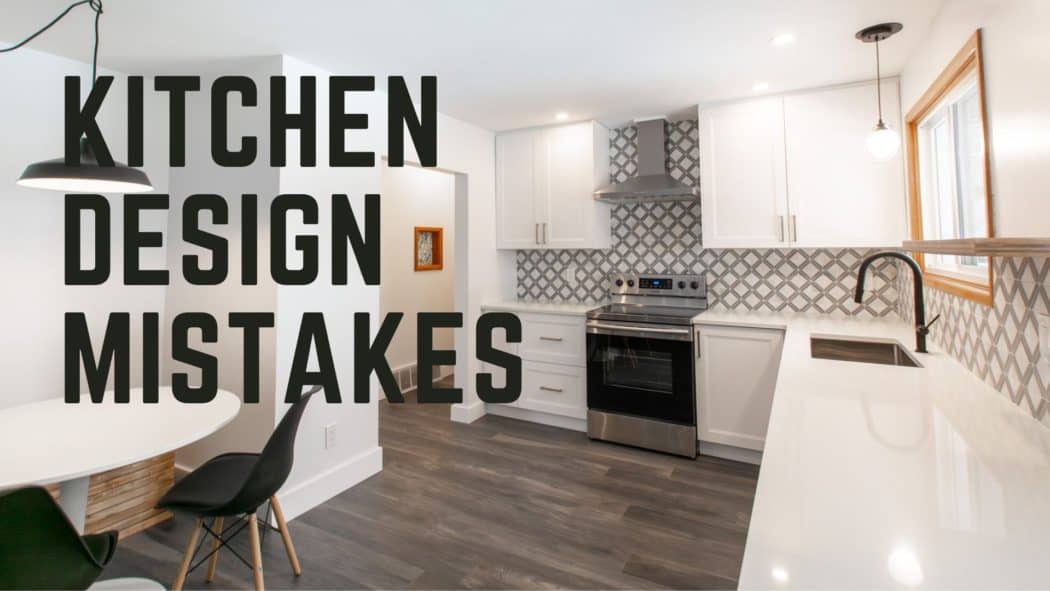 Avoiding mistakes in kitchen design is crucial to creating a functional and stylish space that meets your needs and adds value to your home. By carefully planning the layout, incorporating enough storage, and considering lighting, you can create a kitchen that is both practical and visually appealing. Keep these tips in mind, and you'll be on your way to a successful kitchen design.
Avoiding mistakes in kitchen design is crucial to creating a functional and stylish space that meets your needs and adds value to your home. By carefully planning the layout, incorporating enough storage, and considering lighting, you can create a kitchen that is both practical and visually appealing. Keep these tips in mind, and you'll be on your way to a successful kitchen design.





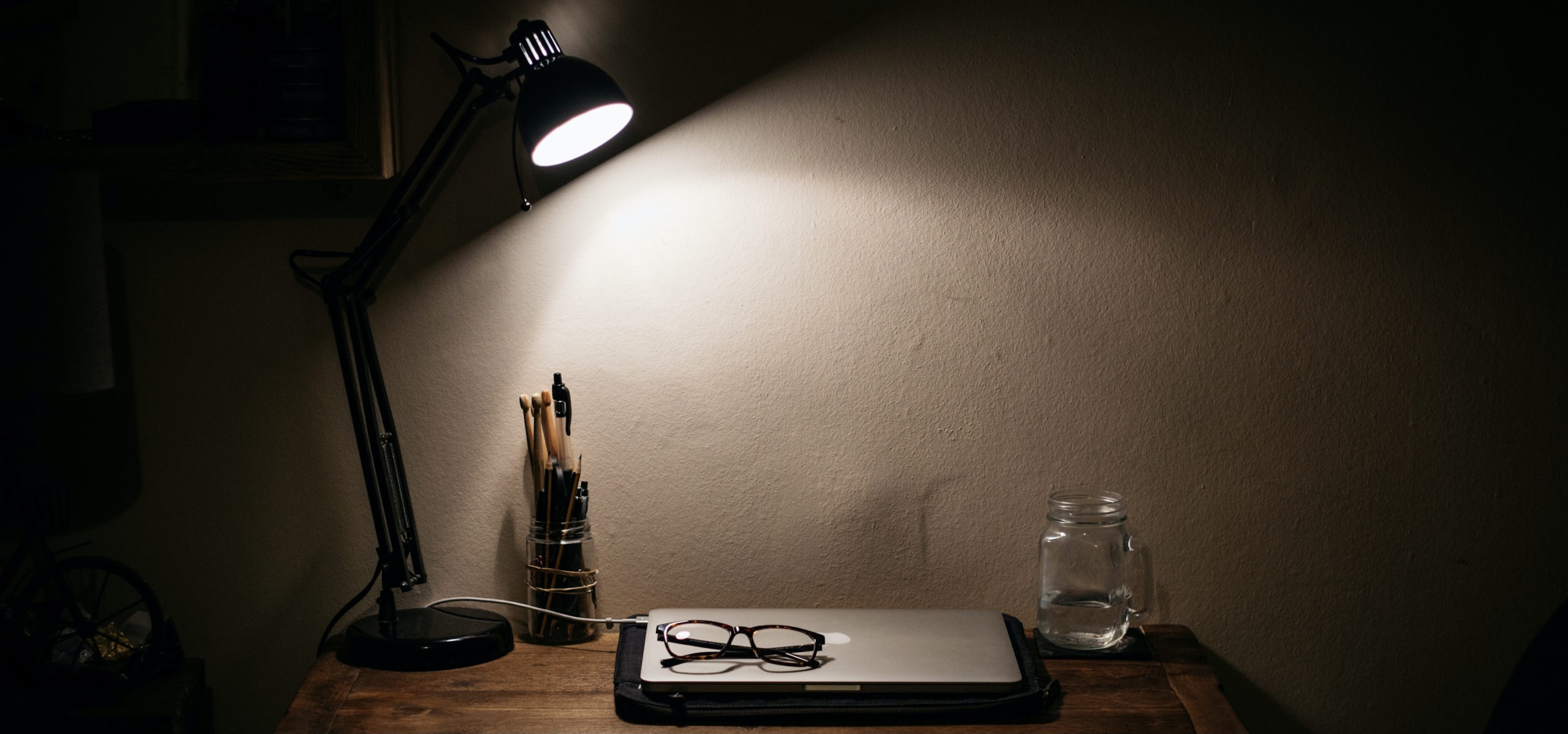





























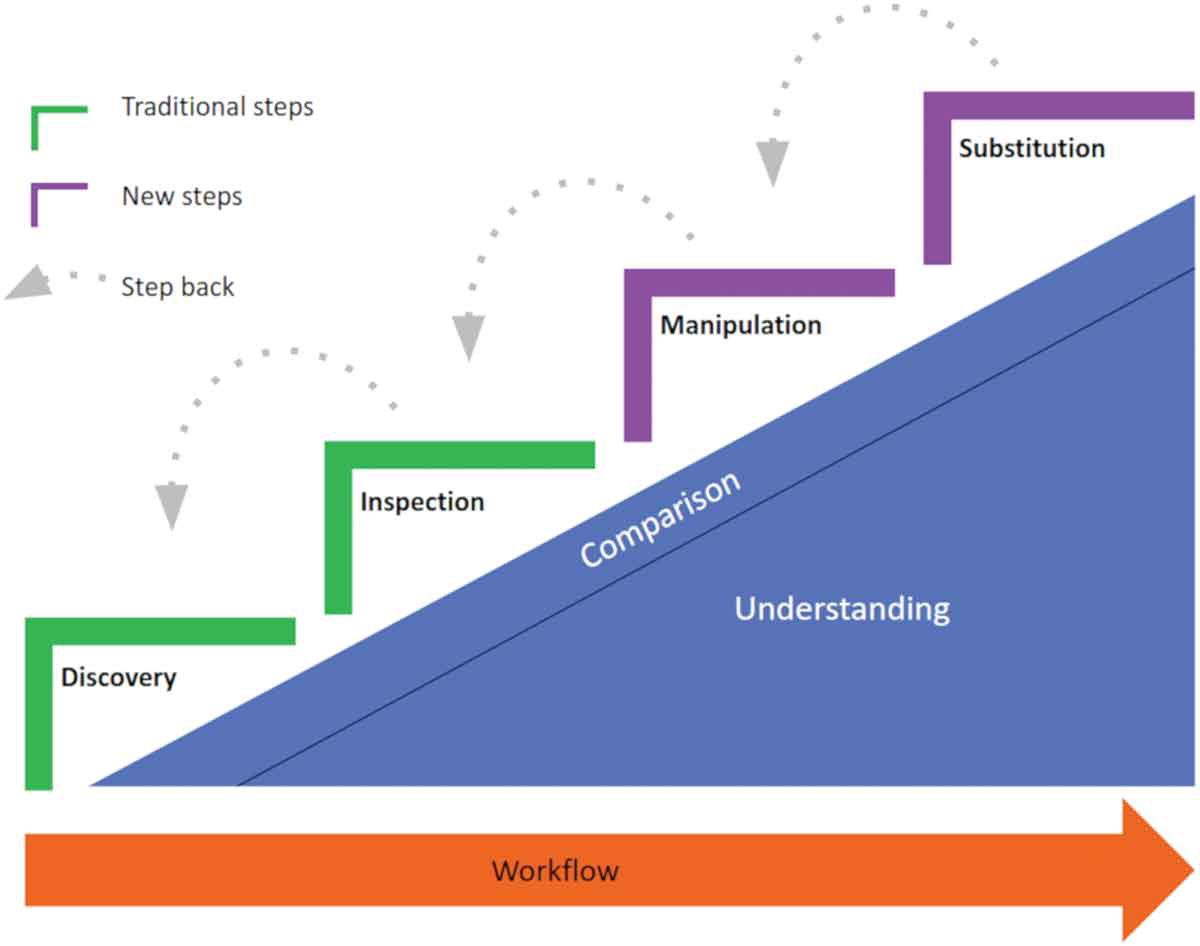
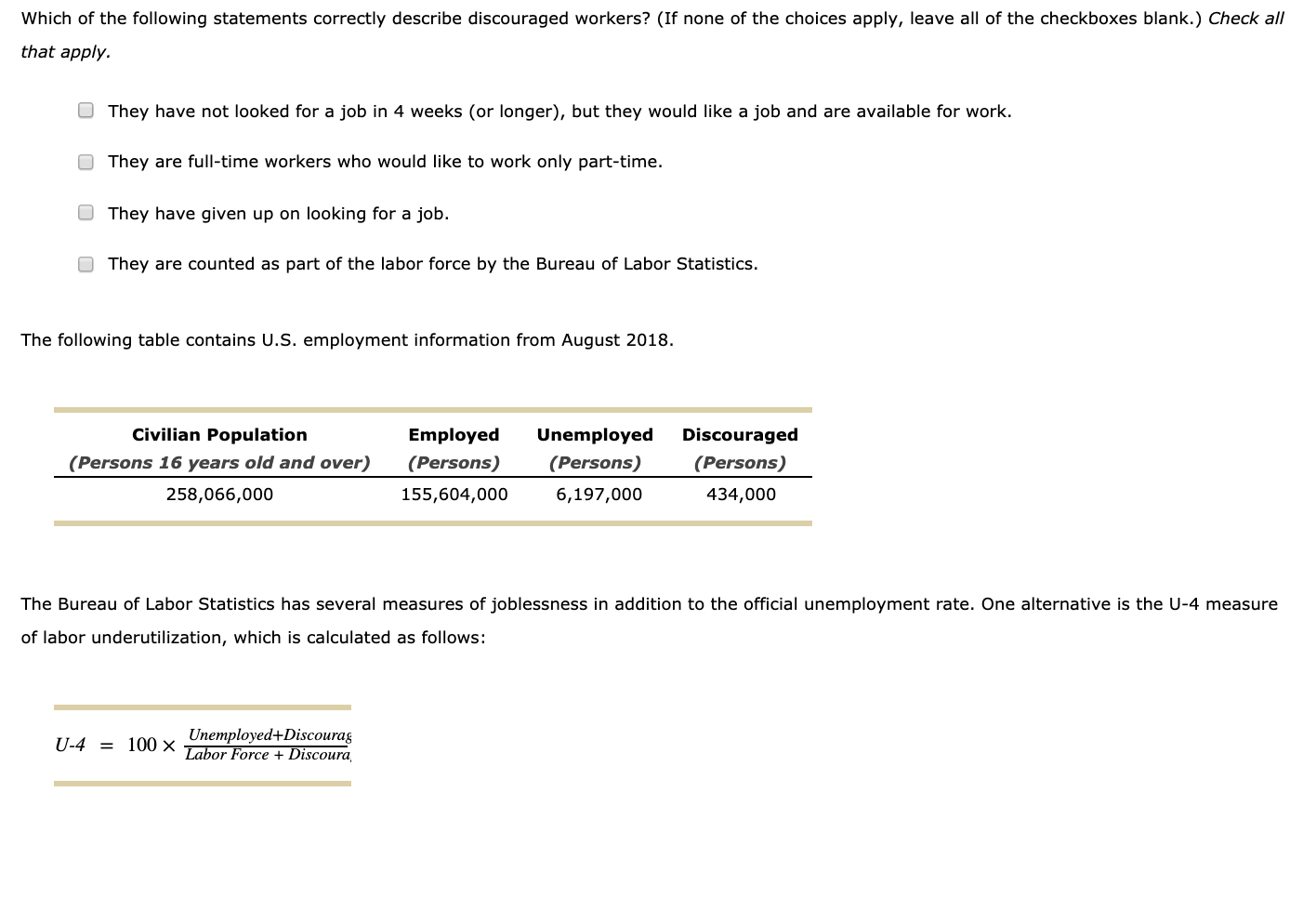
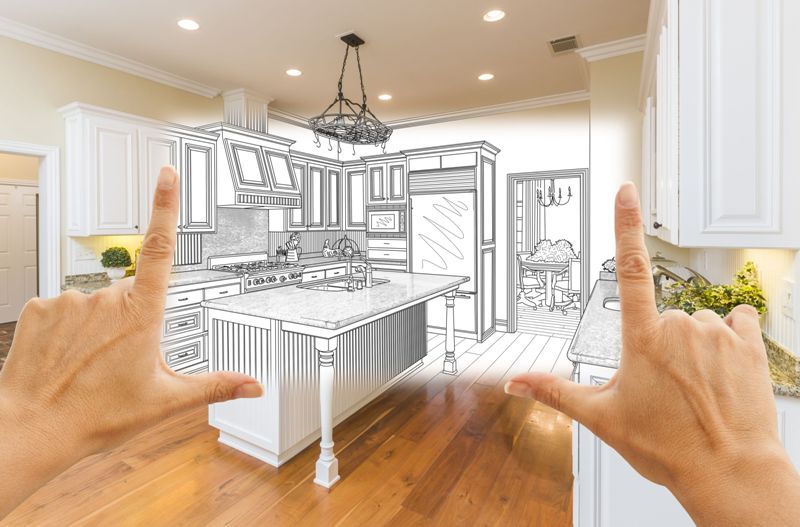






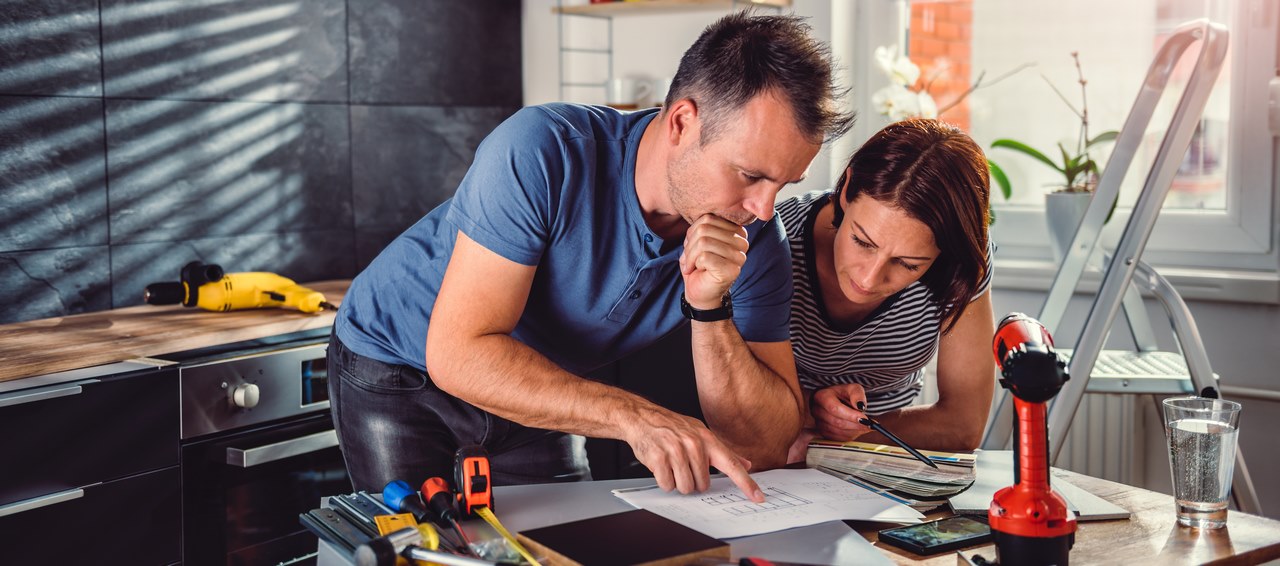








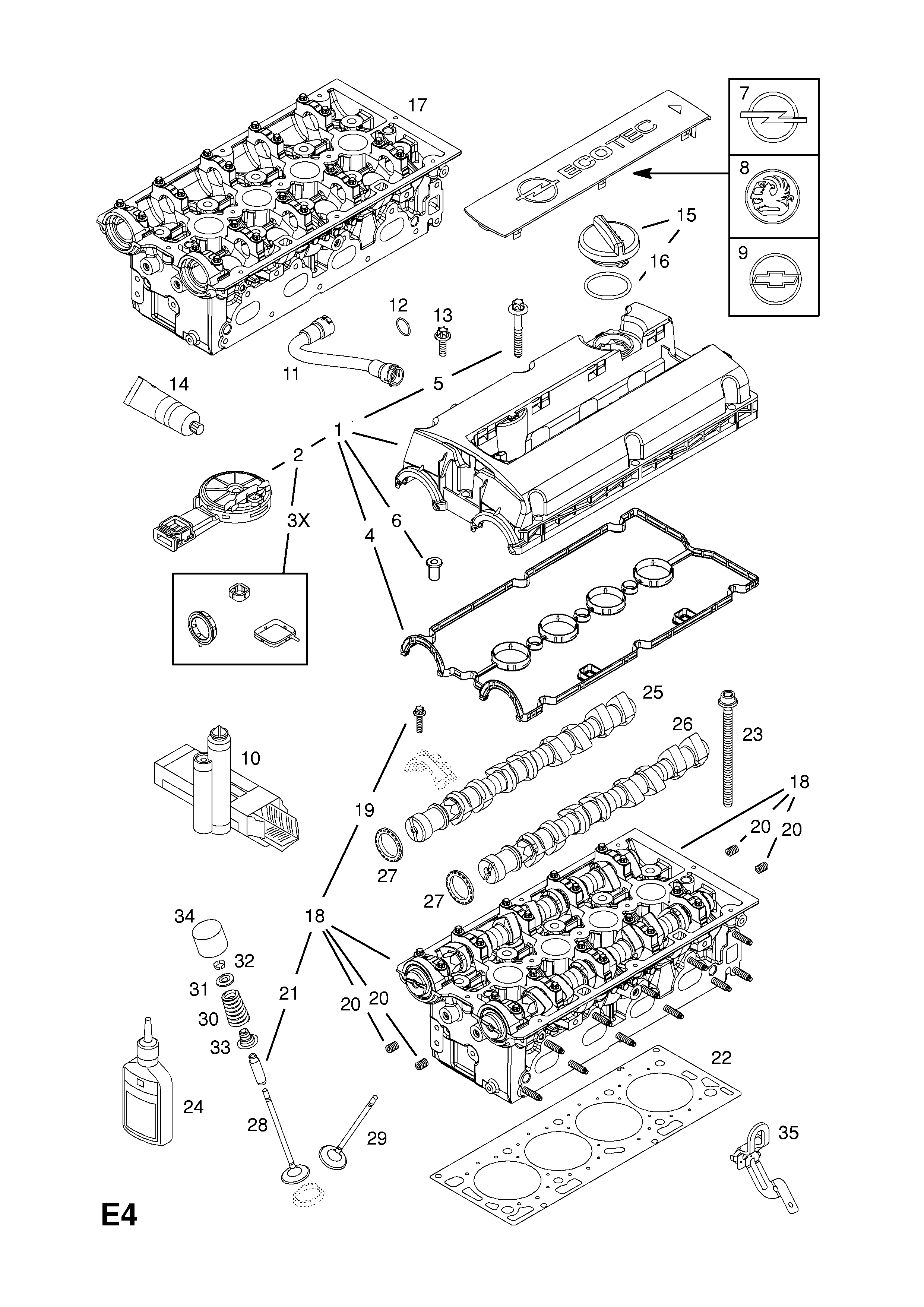


+(banner).jpg)




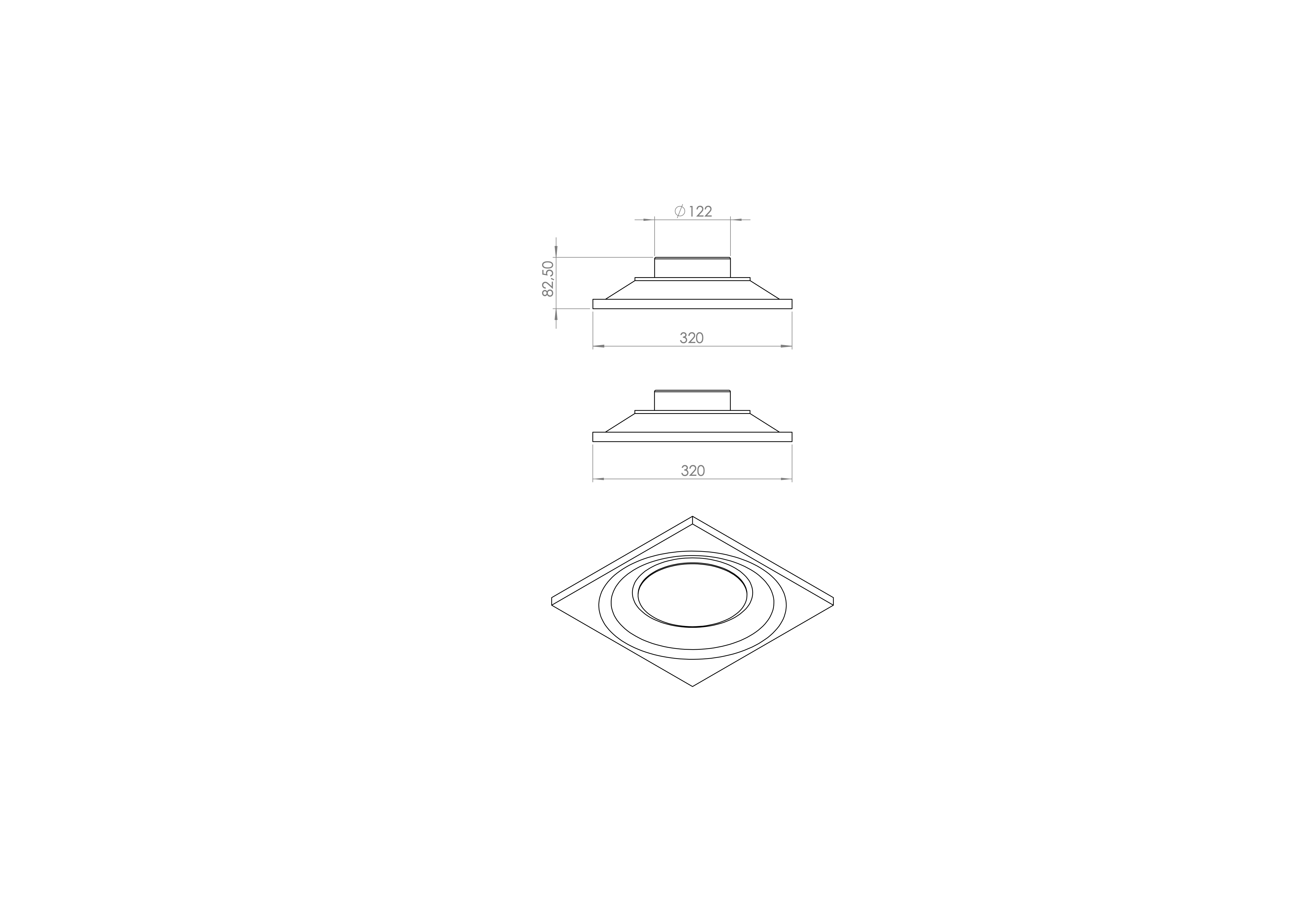



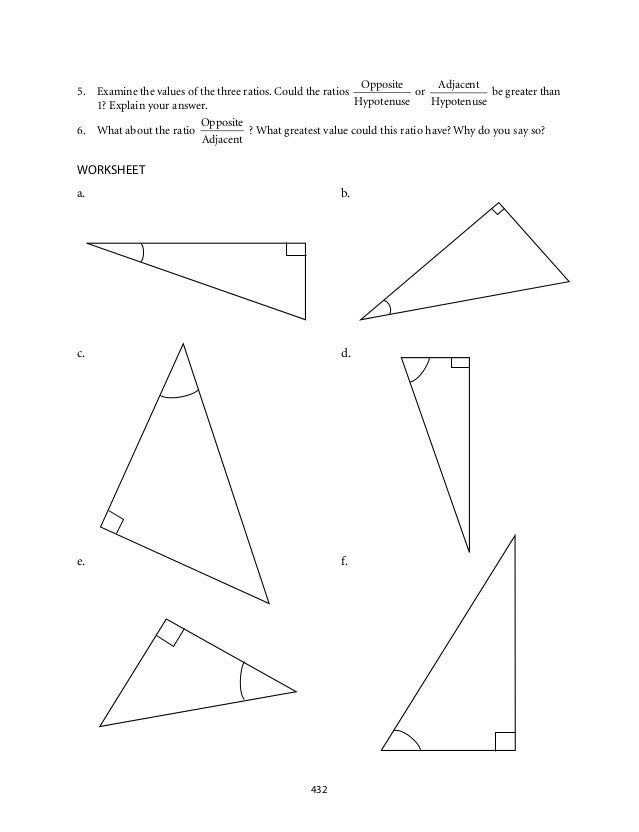
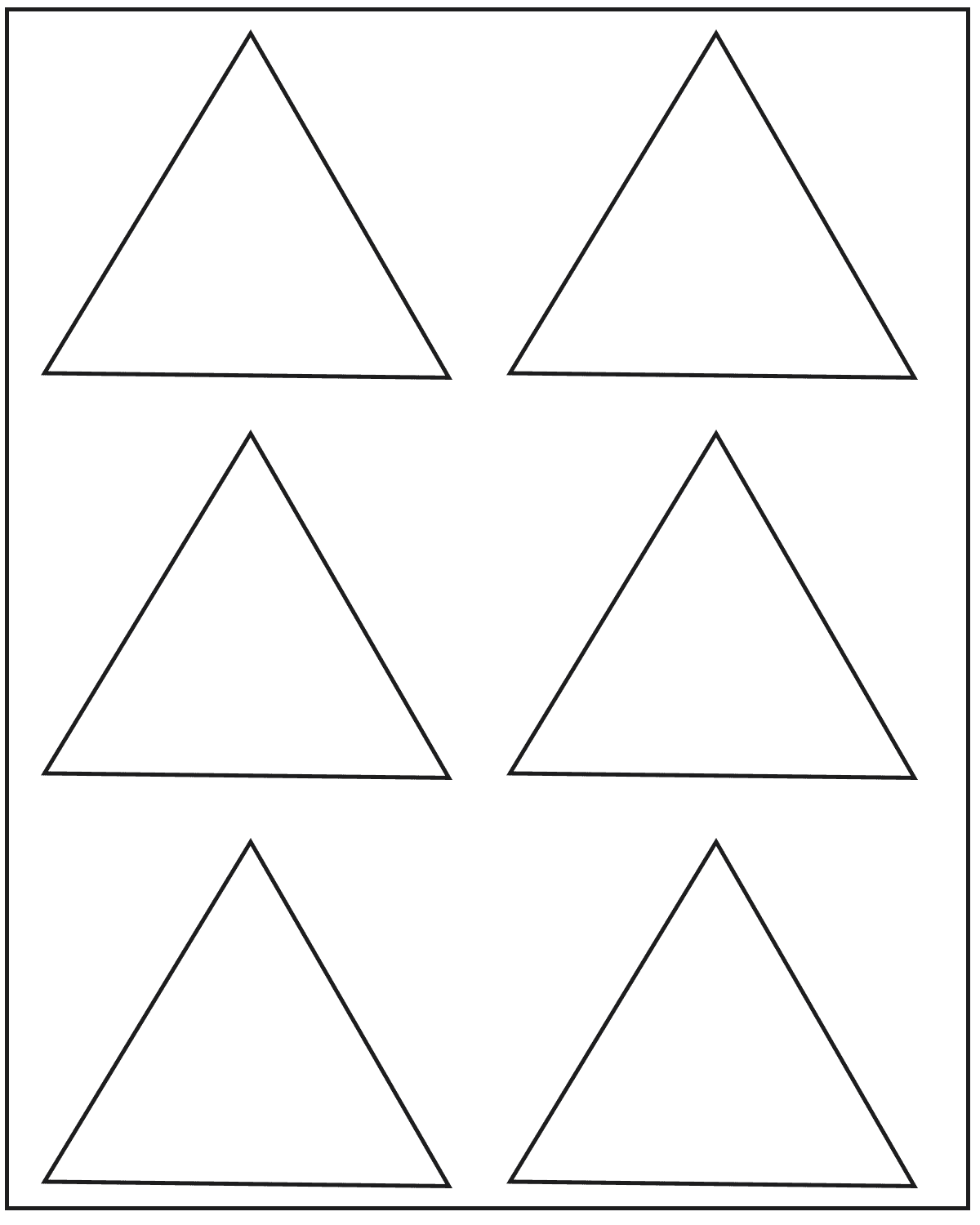




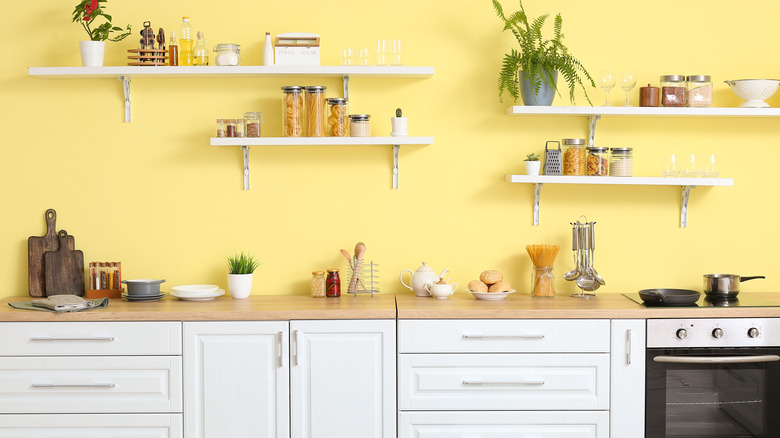




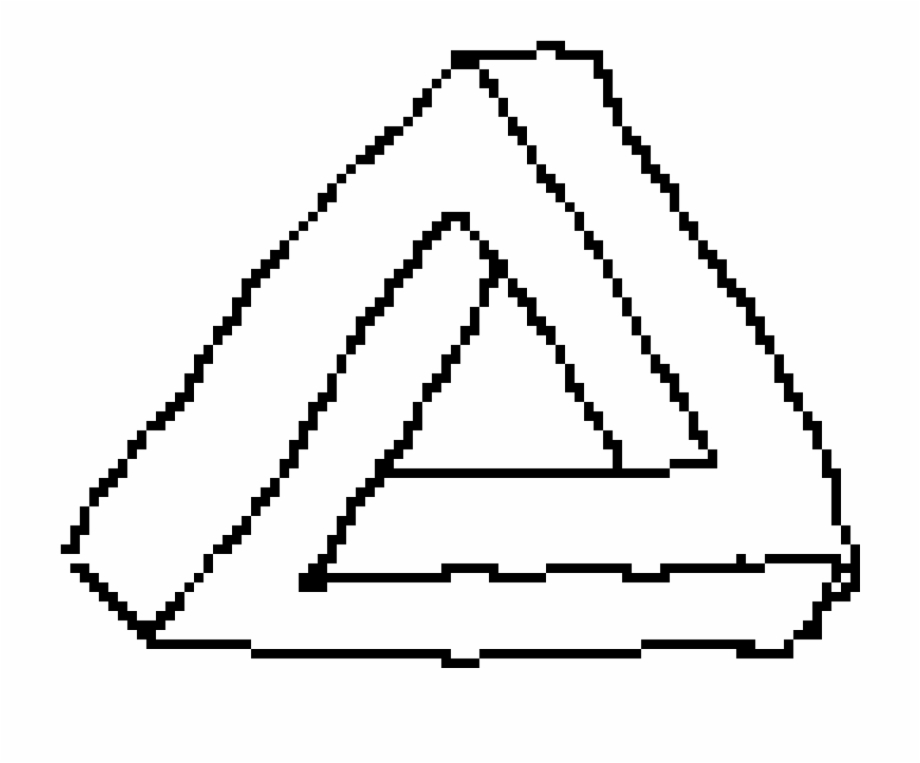



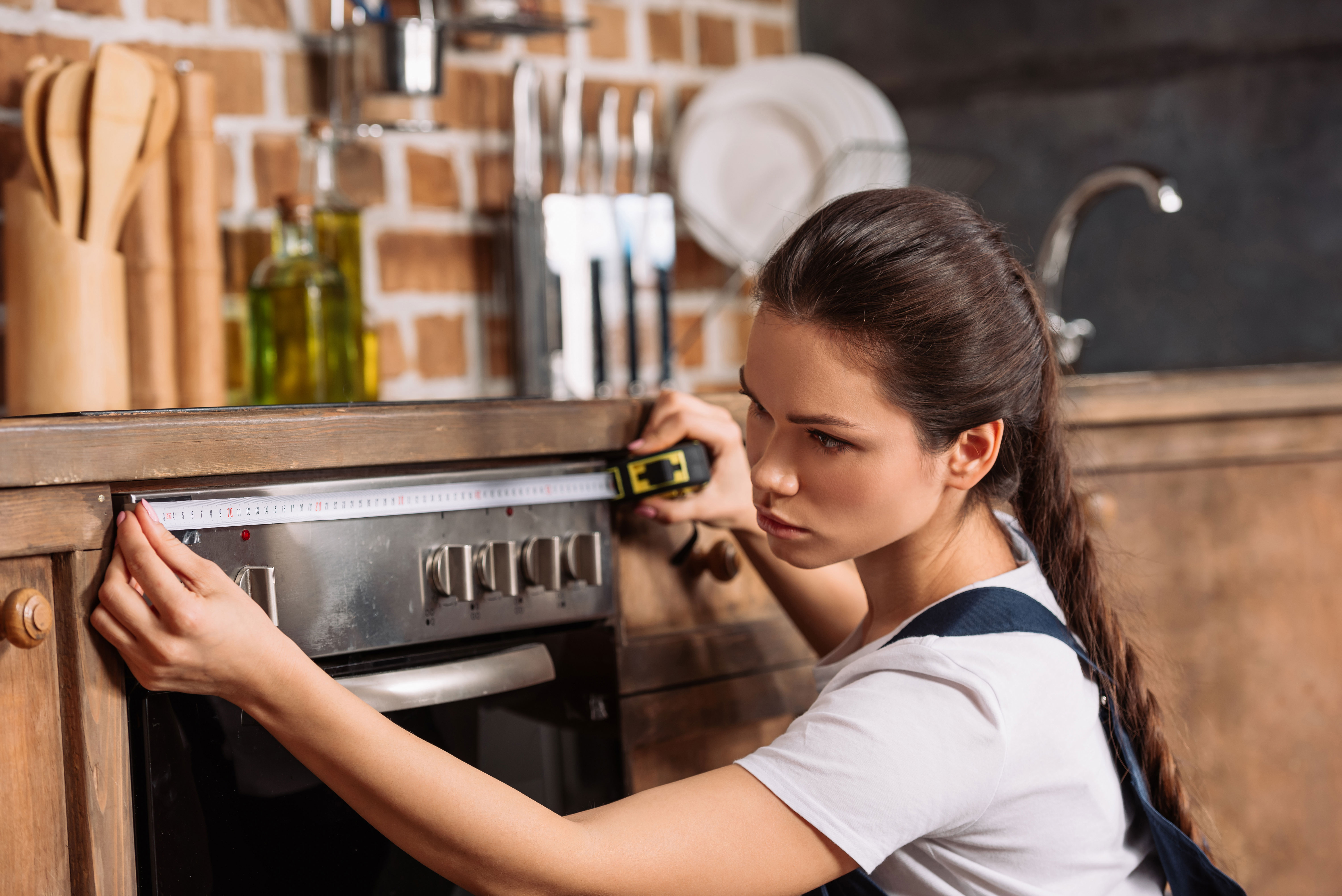
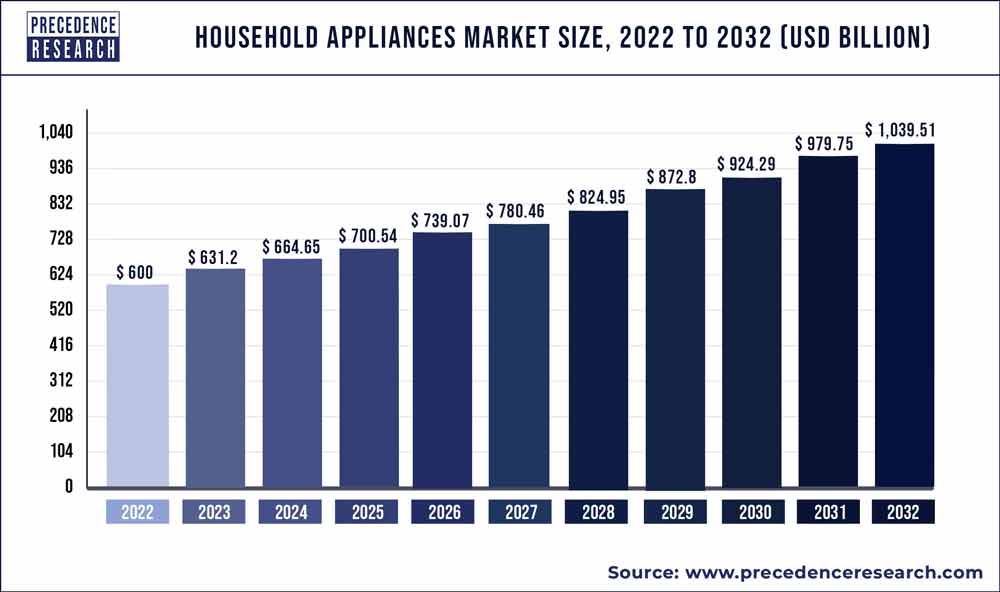
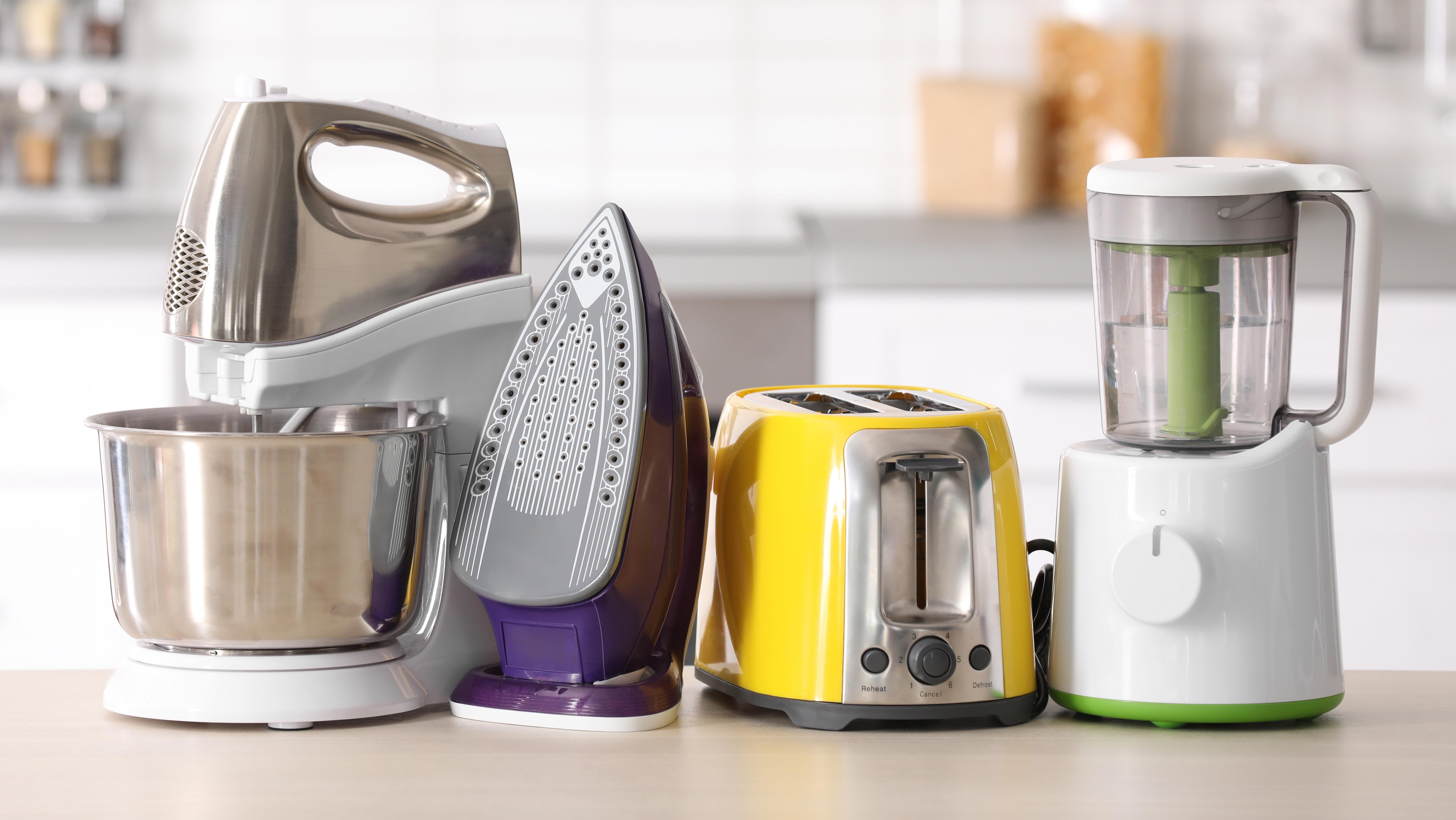
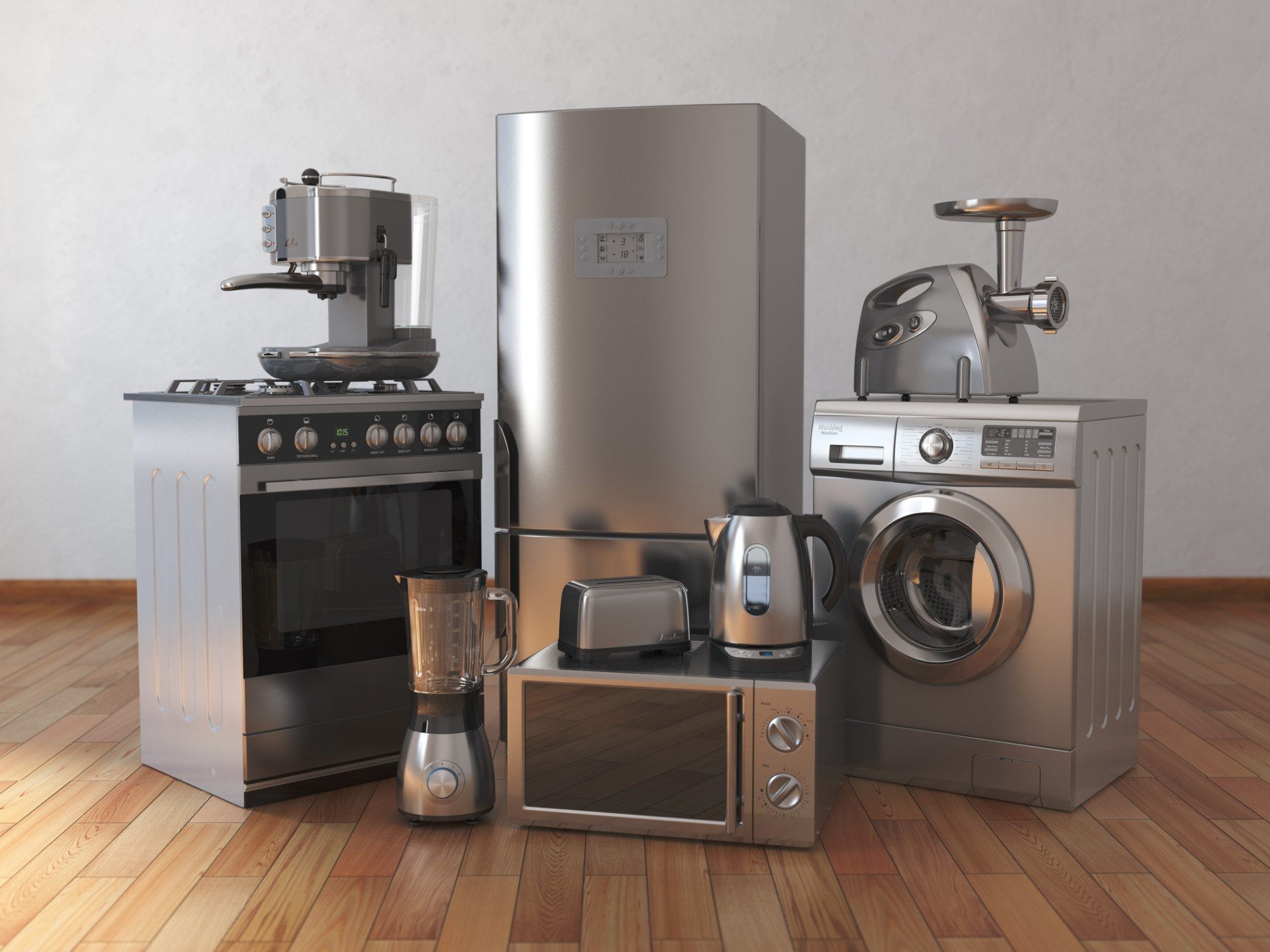
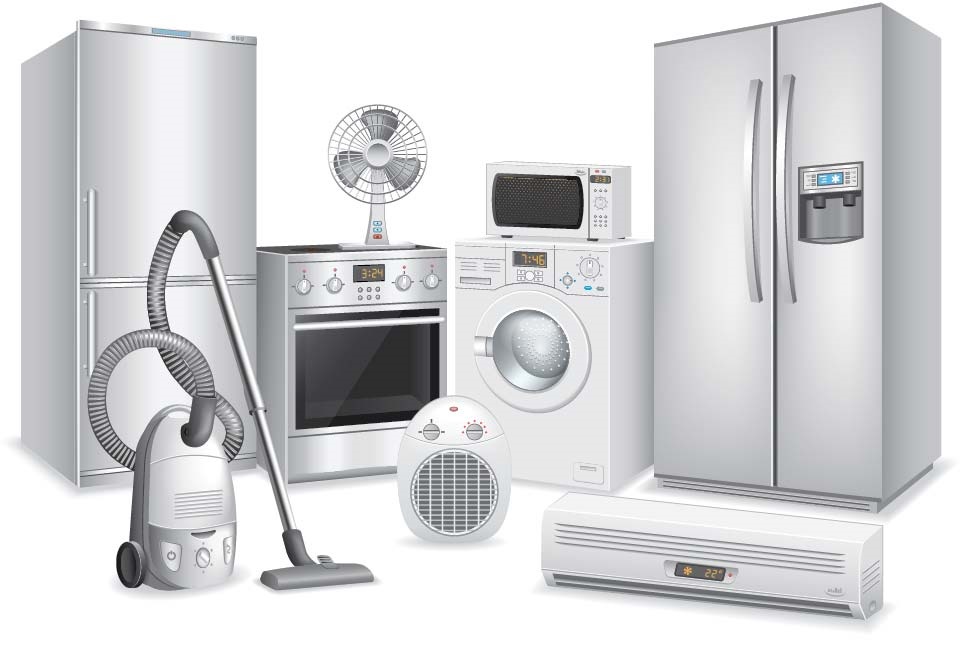


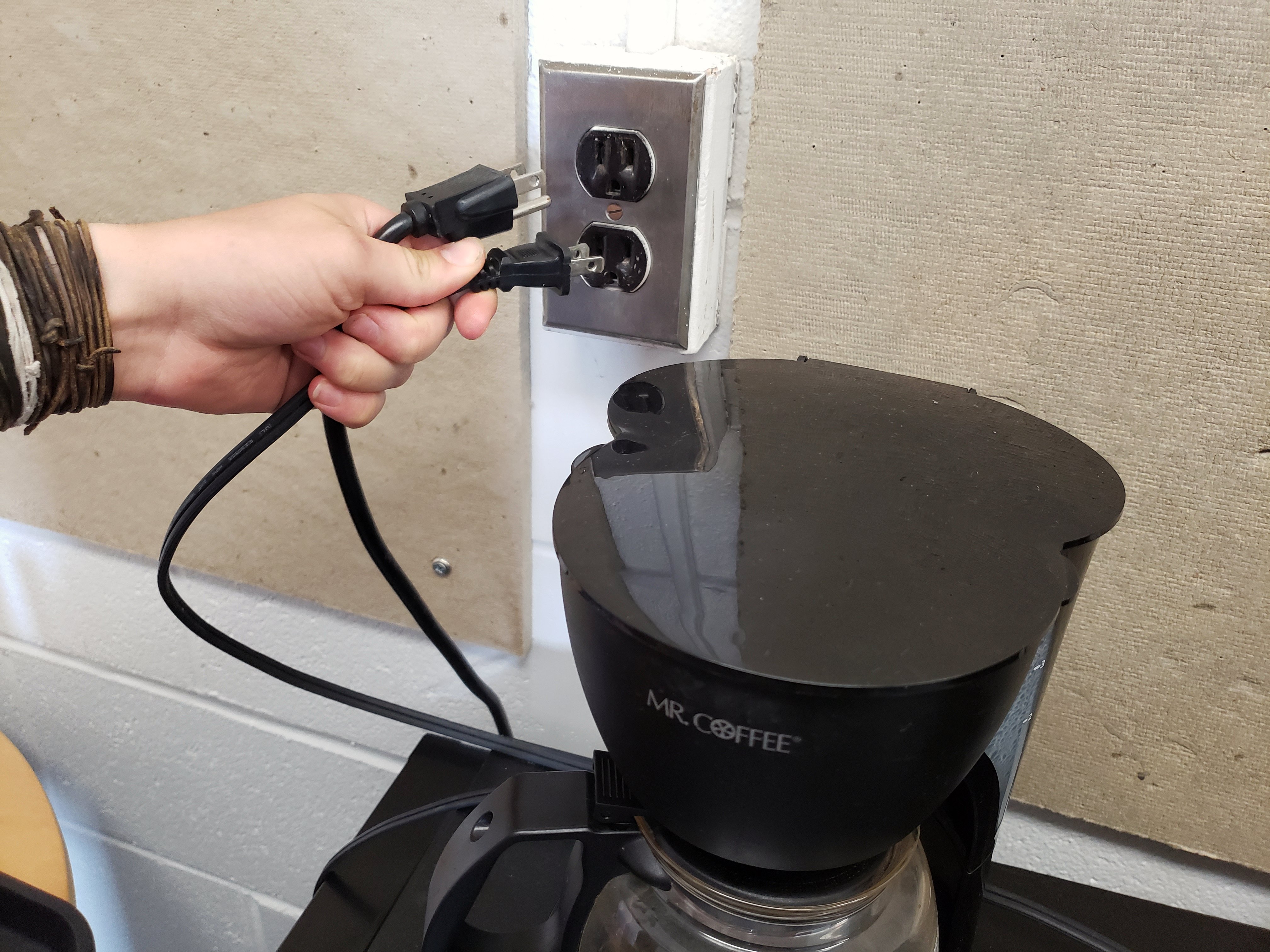
/appliancesalexeydudoladovGettyImages-171589331-57b37c3c5f9b58b5c2cb819c.jpg)
